Home>Garden Essentials>How To Prevent Birds From Eating Grass Seed
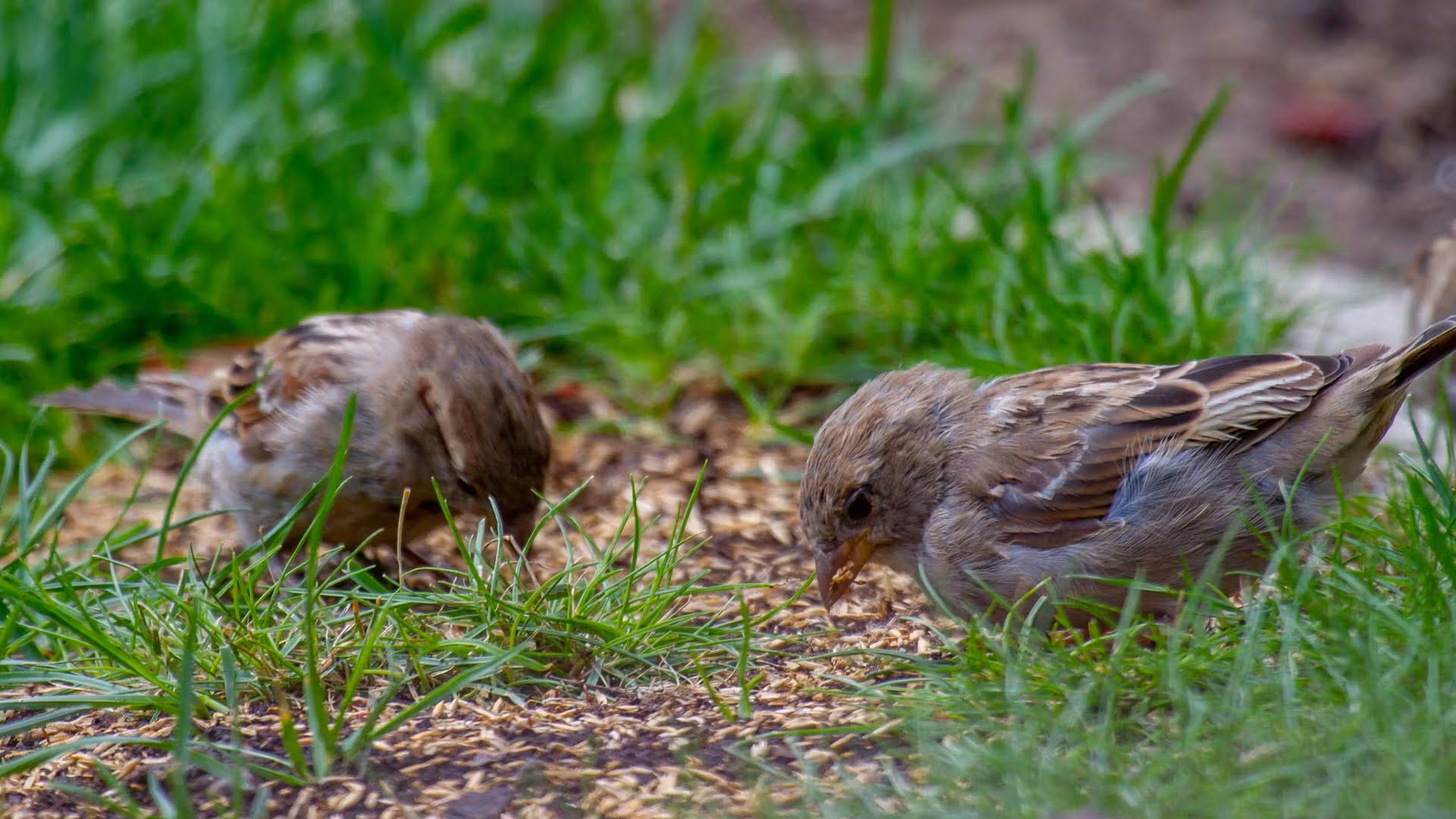

Garden Essentials
How To Prevent Birds From Eating Grass Seed
Modified: March 16, 2024
Looking to protect your garden from bird damage? Discover effective methods to prevent birds from eating your grass seed and ensure a healthy lawn growth.
(Many of the links in this article redirect to a specific reviewed product. Your purchase of these products through affiliate links helps to generate commission for Storables.com, at no extra cost. Learn more)
Introduction
Welcome to our comprehensive guide on how to prevent birds from eating grass seed. If you’ve ever planted new grass seed, you know how frustrating it can be to see birds swoop in and feast on your hard work. Not only can bird feeding habits thwart your efforts to achieve a lush and healthy lawn, but they can also cause damage and slow down the germination process.
In this article, we will explore various types of birds that commonly consume grass seed, the impact they can have on your lawn, and most importantly, effective strategies to deter them. By implementing the tips and techniques we’ll discuss, you can ensure that your grass seed has the best chance of thriving without being disturbed by our feathered friends.
But before diving into the solutions, let’s take a closer look at the problem at hand and why birds are drawn to grass seed in the first place.
Key Takeaways:
- Protect your grass seed from birds by using natural deterrents like spices and reflective objects, physical barriers such as netting, and scare tactics like motion-activated devices. Combine methods for best results.
- To prevent birds from eating grass seed, water your lawn in the morning, choose bird-resistant seed varieties, and maintain a healthy lawn. Stay observant, be persistent, and enjoy a bird-free lawn.
Read more: How To Prevent Bird Seed From Sprouting
Understanding the Problem
To effectively tackle the issue of birds eating grass seed, it’s important to understand why they are attracted to it in the first place. Birds are naturally drawn to grass seed for a few key reasons:
- Food Source: Grass seeds are a nutritious food source for many bird species. They provide an abundant supply of carbohydrates and proteins, which are essential for their survival and energy needs.
- Foraging Behavior: Birds have evolved to search for food on the ground, and grass seed is easily accessible and readily available. Their natural instinct is to search for food in open spaces, and your freshly planted lawn provides the perfect smorgasbord for them to feast on.
- Suitable Nesting Material: In addition to food, birds also look for nesting materials, and grass seed can serve as an attractive option. The soft and fibrous nature of the seed can be used in the construction of their nests, providing insulation and comfort.
Now that we have a better understanding of why birds are so interested in grass seed, let’s explore some of the common bird species that may be causing trouble in your lawn.
Types of Birds that Eat Grass Seed
There are several bird species that have a particular affinity for grass seed. Here are some of the most common culprits:
- Sparrows: Sparrows are small, seed-loving birds that are notorious for their fondness for grass seed. Their small size allows them to easily maneuver around your lawn, pecking at the seeds as they go.
- Blackbirds: Blackbirds, including Red-winged Blackbirds and European Starlings, are larger birds that can cause significant damage to newly planted grass seed. Their strong beaks and persistent feeding habits make them formidable opponents in your quest for a beautiful lawn.
- Pigeons: Pigeons, also known as Rock Doves, may not be the first bird species that come to mind when you think of grass seed eaters, but they can indeed cause problems. Their opportunistic feeding behavior means that if there is an abundance of grass seed available, they won’t hesitate to indulge.
- Crows: Crows are highly intelligent birds known for their resourcefulness. They are attracted to grass seed but can also cause damage by pulling up newly germinated grass shoots. Their sharp beaks and strong claws make them a formidable adversary when it comes to protecting your lawn.
- Jays: Jays, such as Blue Jays, are not only attracted to grass seed but are also known to stash and hoard it for later consumption. Their habit of burying and hiding food sources can actually help in seed dispersal and germination, but it can also result in patchy areas on your lawn.
These are just a few examples of the bird species that commonly feed on grass seed. It’s important to identify the specific types of birds causing problems in your area, as this will help determine the most effective deterrent strategies to employ.
Now that we know which birds to look out for, let’s explore the impact that their feeding habits can have on your grass seed and ultimately, your lawn’s overall health.
The Impact of Birds Eating Grass Seed
When birds consume grass seed, it can have several negative effects on the growth and establishment of your lawn. Here are some of the impacts to be aware of:
- Reduced Germination: Birds have a knack for devouring freshly sown grass seed, which can significantly reduce the germination rate. This means that fewer seeds will successfully sprout and grow into healthy blades of grass, resulting in patchy and uneven lawn growth.
- Seed Wastage: The seeds that birds eat are essentially wasted, as they are not fulfilling their intended purpose of establishing a lush lawn. This can be frustrating and costly, especially if you’ve invested in high-quality grass seed.
- Delayed Establishment: When birds constantly feed on grass seed, it slows down the establishment process. Newly sprouted grass shoots may be pulled up or damaged by the birds, further hindering the growth and development of your lawn.
- Unsightly Lawn Appearance: Patchy areas and uneven growth caused by bird feeding can result in an unsightly appearance. This can be frustrating, especially after putting in the time and effort to nurture a beautiful lawn.
- Encourages Weed Growth: Bare patches created by bird feeding can create an ideal environment for weed growth. Weeds are quick to take advantage of exposed soil, competing with grass for nutrients and space.
- Time and Effort: Lastly, dealing with the consequences of birds eating grass seed requires additional time and effort to repair and reseed affected areas. This can be a time-consuming and sometimes expensive process.
Considering these impacts, it’s essential to take proactive measures to prevent birds from feasting on your grass seed. In the next section, we’ll explore effective strategies and techniques to deter birds and safeguard your lawn’s growth and development.
Preventing Birds from Eating Grass Seed
Fortunately, there are several effective strategies and techniques you can employ to deter birds from eating your grass seed. Let’s explore some of the most reliable methods:
Read more: How To Stop Squirrels From Eating Bird Seed
Natural Deterrents
Using natural deterrents is a safe and eco-friendly way to discourage birds from feasting on your grass seed:
- Spices and Herbs: Sprinkling spices like cayenne pepper, chili powder, or garlic powder over the grass seed can create an unpleasant taste and odor for birds. Herbs like lavender, rosemary, or mint can also have a deterrent effect.
- Decoy Predators: Placing fake predators like owl or hawk decoys near your lawn can trick birds into believing there is a threat present, deterring them from approaching and feeding on the grass seed.
- Garden Reflectors: Hanging shiny objects like aluminum foil strips or CD discs around your lawn can create reflective surfaces that birds find disorienting and unappealing, thus discouraging them from landing and feeding.
Physical Barriers
Creating physical barriers can effectively prevent birds from accessing the grass seed:
- Netting or Mesh Covers: Placing netting or mesh covers over freshly seeded areas can create a physical barrier, preventing birds from reaching the seed while still allowing sunlight and water to penetrate.
- Wire or String Grids: Creating a grid pattern with thin wire or string can make it difficult for birds to land and access the grass seed. The grid should be positioned high enough above the ground to prevent birds from reaching the seed.
Scare Tactics
Scaring birds away can be an effective short-term solution to prevent them from eating grass seed:
- Visual Deterrents: Hanging shiny objects, like old CDs or aluminum pie plates, to create movement and reflect light can startle and deter birds. Wind chimes or pinwheels can also create noise and movement, further deterring them.
- Motion-activated Sprinklers: Installing motion-activated sprinklers can startle birds with a sudden burst of water, convincing them to move away from the area. This can be highly effective in preventing bird feeding.
By combining these techniques and experimenting with what works best in your specific situation, you can significantly reduce bird feeding and protect your grass seed from being devoured. However, it’s essential to remember that bird behavior may vary, and persistence may be required to achieve long-term success.
In addition to these deterrent strategies, here are a few additional tips to help protect your grass seed:
- Water your lawn early in the morning to minimize bird activity, as they are typically more active later in the day.
- Consider using a blend of grass seed that contains varieties with natural bird resistance.
- Keep the area around your lawn clean from fallen seeds or spilled birdseed that may attract more birds.
- Maintain a healthy and well-established lawn to reduce bare soil and make it less appealing for birds to search for food.
By implementing these preventive measures, you can minimize the risk of birds eating your grass seed and increase the chances of achieving a flourishing and beautiful lawn.
With the knowledge and techniques outlined in this article, you are now well-equipped to tackle the challenge of preventing birds from eating your grass seed. Remember, persistence and patience are key. Stay vigilant and adapt your strategies as needed until you achieve the desired results. With a little perseverance, you can enjoy a stunning, bird-free lawn.
Natural Deterrents
When it comes to deterring birds from eating grass seed, using natural methods can be a safe and effective approach. Here are some natural deterrents you can try:
- Spices and Herbs: Birds have a keen sense of smell and taste, and certain spices can repel them. Sprinkle cayenne pepper, chili powder, or garlic powder over the grass seed to create an unpleasant flavor and odor that birds will find unappealing. You can also try using herbs like lavender, rosemary, or mint, as their strong scents can deter birds.
- Reflective Objects: Birds are often startled by reflective objects that produce flashes of light, making them hesitant to approach. Hang long strips of aluminum foil or CD discs near your lawn to create reflective surfaces. As the wind blows, these objects will move and reflect light, creating a deterrent effect. This visual disturbance can make birds think twice about landing and feeding on your grass seed.
- Visual Scare Tactics: Birds are naturally wary of predators, so using visual scare tactics can deter them from your lawn. Place scarecrow-like figures, fake snakes, or owl decoys near your grassy areas to give the illusion of a threat. Birds will be less likely to approach if they perceive a potential danger.
- Attracting Natural Predators: Another natural way to keep birds away is to attract their natural predators. Install birdhouses or perches that can attract birds of prey like hawks or owls. These predatory birds will help keep the smaller birds at bay, reducing the chances of them feeding on your grass seed.
- Creating a Distraction: Sometimes, providing an alternative food source can divert birds’ attention away from your grass seed. Set up bird feeders or birdbaths away from the freshly seeded areas to attract the birds and keep them occupied with their own designated feeding resources.
Remember, these natural deterrents may not work equally well for all bird species or in every situation. Some birds may become more accustomed to certain deterrents over time, so it may be necessary to rotate or combine different methods to maintain their effectiveness. Observe and adapt your strategies accordingly to achieve the best results.
Using natural deterrents not only helps protect your grass seed but also ensures that you are using eco-friendly methods that are safe for both birds and the environment. Give these natural deterrents a try, and you may find that they can effectively keep birds at bay and allow your grass seed to grow undisturbed.
Read more: What Do Birds Eat From The Grass
Physical Barriers
Creating physical barriers is an effective way to prevent birds from accessing your grass seed. These barriers serve as a physical deterrent, making it difficult for birds to reach and feed on the seeds. Here are some physical barrier options to consider:
- Netting or Mesh Covers: Covering your freshly seeded areas with netting or mesh covers can create a barrier that prevents birds from accessing the grass seed. Choose a fine mesh that birds cannot fit through but allows sunlight and water to penetrate. Secure the netting or mesh tightly to ensure birds cannot lift it and reach the seeds. Remember to remove the netting or mesh once the grass seed has germinated and seedlings have emerged.
- Wire or String Grids: Creating a grid pattern using thin wire or string can deter birds from landing on your lawn and reaching the grass seed. Install stakes around the perimeter of the seeded area and connect them with taut wires or strings in a grid formation. The grid should be positioned a few inches above the ground to prevent birds from easily accessing the seeds while still allowing for proper airflow and sunlight. This physical barrier can make it challenging for birds to walk or land on your lawn and feed on the grass seed.
- PVC Pipe Hoops: Another option is to create PVC pipe hoops to cover the seeded area. Cut PVC pipes into appropriate lengths, form them into semi-circular hoops, and secure them to the ground using stakes. Drape a lightweight bird netting over the hoops, forming a protective canopy. This method not only creates a barrier but also provides some protection against inclement weather.
When implementing physical barriers, it’s important to secure them properly to prevent birds from bypassing or dislodging them. Regularly check and maintain the barriers to ensure their effectiveness throughout the germination period.
While physical barriers can effectively deter birds, it’s important to note that they may also prevent beneficial insects like bees from accessing the area. If your lawn requires pollination for optimal growth, consider uncovering the area during peak pollination times to allow bees and other pollinators to do their work.
By using physical barriers, you create a tangible impediment that prevents birds from accessing your grass seed. This method can help your grass seed germinate undisturbed and increase the chances of a successful and even lawn growth.
Cover the newly seeded area with a thin layer of straw or netting to prevent birds from eating the grass seed. This will also help to protect the seeds from being washed away by rain.
Scare Tactics
Scare tactics can be an effective way to deter birds from feeding on your grass seed. By creating a sense of threat or danger, you can discourage birds from approaching your lawn. Here are some scare tactics you can try:
- Visual Scare Devices: Hang visual scare devices like old CDs, reflective tape, or aluminum foil strips near your lawn. These objects create movement and reflect light, creating an illusion of danger that can startle and deter birds. The constantly changing reflections and flashes of light make the surrounding area appear unsafe for birds, discouraging them from approaching.
- Decoy Predators: Placing decoy predators like owl or hawk replicas near your lawn can trick birds into thinking that a dangerous predator is present. Birds are naturally wary of these predators, and their presence deters smaller birds from coming near and feeding on the grass seed.
- Motion-Activated Devices: Motion-activated devices, such as sprinklers or sound emitters, can startle birds with sudden bursts of water or loud noises. When birds approach the seeded area, the motion sensors detect their movement and activate the devices, scaring them away. This method can be particularly effective as it directly responds to bird activity, creating an element of surprise that birds will try to avoid.
- Pet Presence: Dogs or cats patrolling the lawn can also act as natural deterrents. Their presence and movement can be intimidating to birds, especially if they have a habit of chasing or barking at them. Regular pet activity can make birds think twice before coming near your lawn.
It’s important to keep in mind that birds can be intelligent and adaptive. To maximize the effectiveness of scare tactics, it’s advisable to vary the timing and location of devices or change their appearance occasionally. This prevents birds from becoming accustomed to and ignoring the scare tactics over time.
Combining multiple scare tactics can further enhance their effectiveness. For example, using a combination of visual scare devices, decoy predators, and motion-activated devices can create a multi-faceted approach that keeps birds on edge and deters them from feeding on your grass seed.
Remember, scare tactics should be used in conjunction with other preventive measures, such as physical barriers or natural deterrents, for the best results. By incorporating scare tactics into your bird deterrence strategy, you can minimize bird feeding and protect your grass seed from being consumed.
Additional Tips for Protecting Grass Seed
When it comes to protecting your grass seed from birds, every little bit helps. In addition to the natural deterrents, physical barriers, and scare tactics previously mentioned, here are some additional tips to consider:
- Timing: Since birds are typically more active later in the day, it’s best to schedule your watering and outdoor activities in the morning. Watering early allows the grass seed to absorb moisture, reducing the appeal of the seeds for birds.
- Seed Selection: Consider using grass seed varieties that are less attractive to birds. Check with your local garden center or consult a landscaping professional to find seed blends that are known for their bird resistance while still providing a healthy and lush lawn.
- Cleanliness: Keep the area around your lawn clean from fallen seeds or spilled birdseed. Bird feeders or spilled birdseed can attract more birds to your yard, increasing the likelihood of them feeding on your grass seed.
- Regular Lawn Maintenance: Establishing a healthy lawn can help reduce bird feeding. Regularly mowing your lawn at the recommended height and performing basic lawn care, such as fertilizing and aerating, helps maintain a dense and healthy turf that is less appealing to birds searching for food.
- Improve Soil Quality: Birds are drawn to bare soil, so it’s essential to promote healthy grass growth. Take steps to improve the soil quality by adding organic matter, such as compost, to enhance nutrient availability and water retention. This will encourage quicker grass establishment and minimize the time your lawn remains vulnerable to bird feeding.
- Be Observant: Regularly inspect your lawn for signs of bird feeding. If you notice extensive damage or birds consistently targeting certain areas, adjust your strategies accordingly. Being attentive and proactive can help address the situation before it worsens.
Remember, combining multiple prevention methods and adapting them to your specific situation can increase their effectiveness. It may take some trial and error to find the best approach for your lawn and the bird species in your area.
Patience and persistence are key when protecting your grass seed from birds. It’s important to stay consistent with your chosen methods and be flexible to make adjustments as needed. With dedicated effort and the right strategies in place, you can successfully prevent birds from interfering with your grass seed and enjoy a vibrant and healthy lawn.
Conclusion
Protecting your grass seed from birds requires a combination of understanding their feeding habits, implementing preventive measures, and being persistent in your efforts. By using natural deterrents, physical barriers, scare tactics, and additional tips, you can significantly reduce bird feeding and give your grass seed the best chance to flourish.
First, gaining knowledge about the types of birds that eat grass seed, their behavior, and the impact they can have on your lawn is crucial in developing effective strategies. Sparrows, blackbirds, pigeons, crows, and jays are among the common culprits, but other bird species may vary by region.
Various preventive measures can be employed to deter birds from feeding on grass seed. Natural deterrents, such as spices and herbs, reflective objects, and decoy predators, can make the grass seed unappealing or create a sense of threat. Physical barriers like netting, wire grids, or PVC pipe hoops can physically block birds from accessing the seed. Scare tactics, such as visual scare devices, motion-activated devices, and the presence of pets, can startle and discourage birds from approaching your lawn.
In addition to these methods, it is essential to follow additional tips to protect your grass seed. Timely watering, selecting bird-resistant seed varieties, maintaining cleanliness, regular lawn maintenance, and improving soil quality are all important considerations in promoting healthy grass growth and reducing bird appeal.
Remember, bird behavior can vary, and it may take time to find the most effective combination of techniques for your specific situation. Stay observant, adjust your strategies as needed, and remain persistent in your efforts to protect your grass seed.
By implementing these strategies and staying committed to bird deterrence, you can minimize bird feeding and increase the chances of establishing a beautiful, bird-free lawn. Enjoy the satisfaction of a thriving lawn and the peace of mind that comes from knowing your grass seed is protected from those pesky bird feeders.
Frequently Asked Questions about How To Prevent Birds From Eating Grass Seed
Was this page helpful?
At Storables.com, we guarantee accurate and reliable information. Our content, validated by Expert Board Contributors, is crafted following stringent Editorial Policies. We're committed to providing you with well-researched, expert-backed insights for all your informational needs.
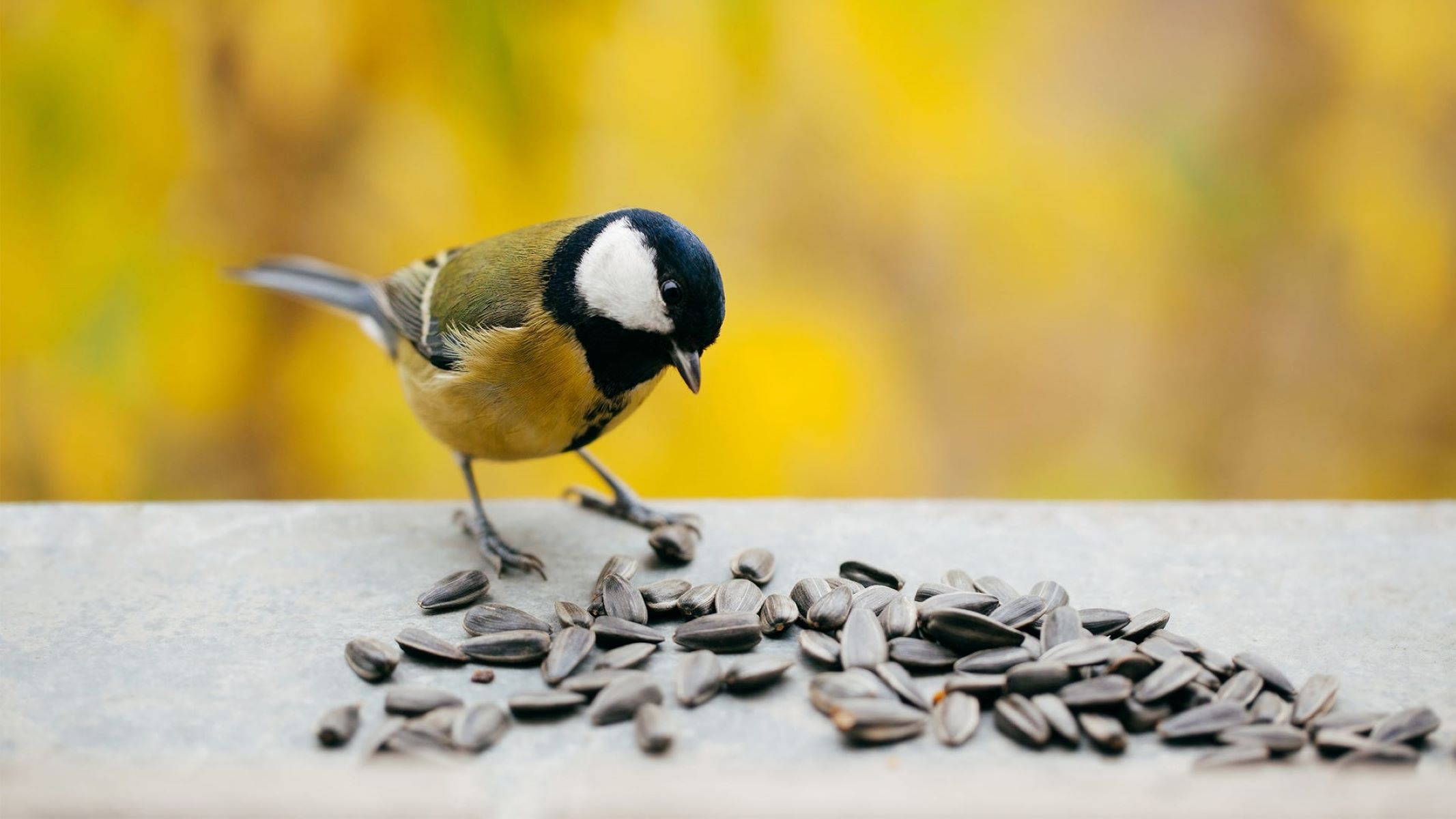
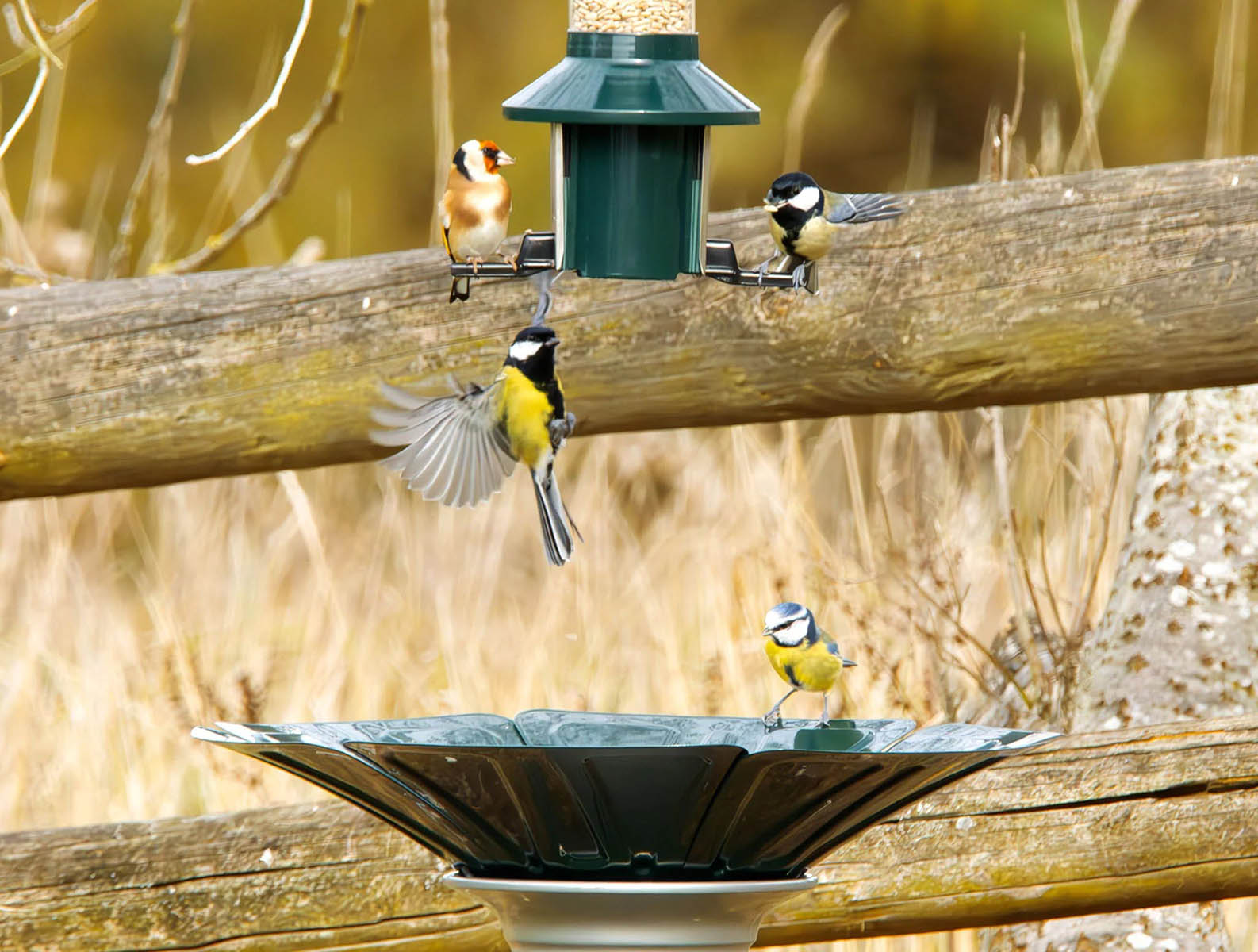
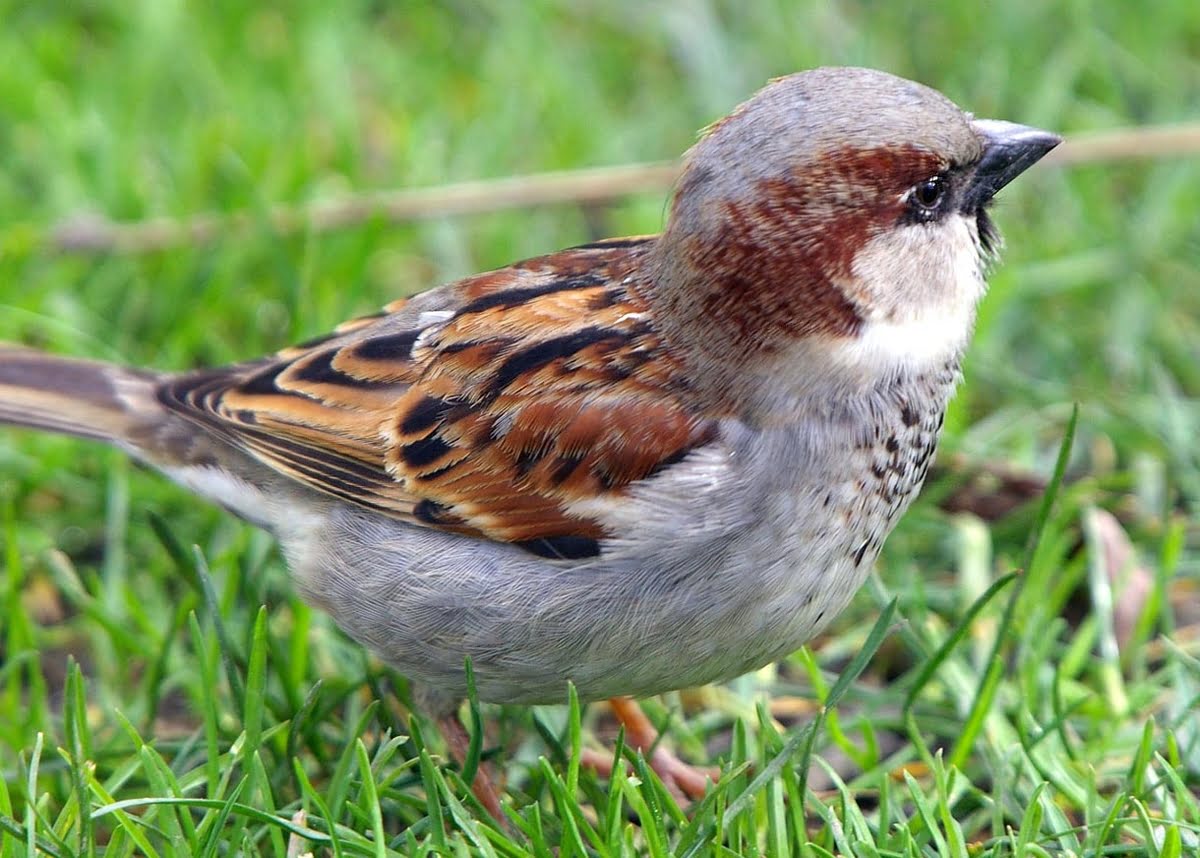
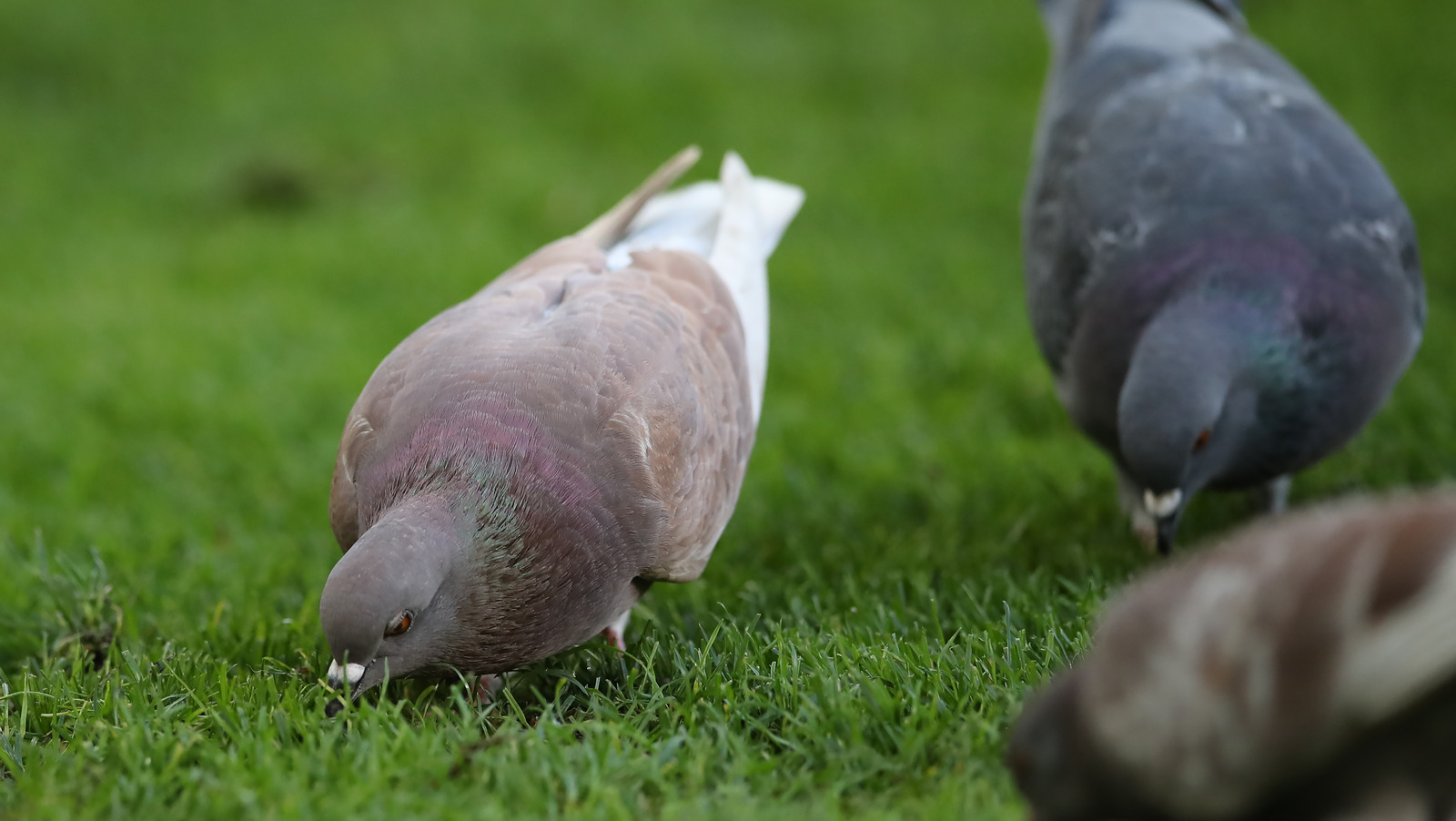
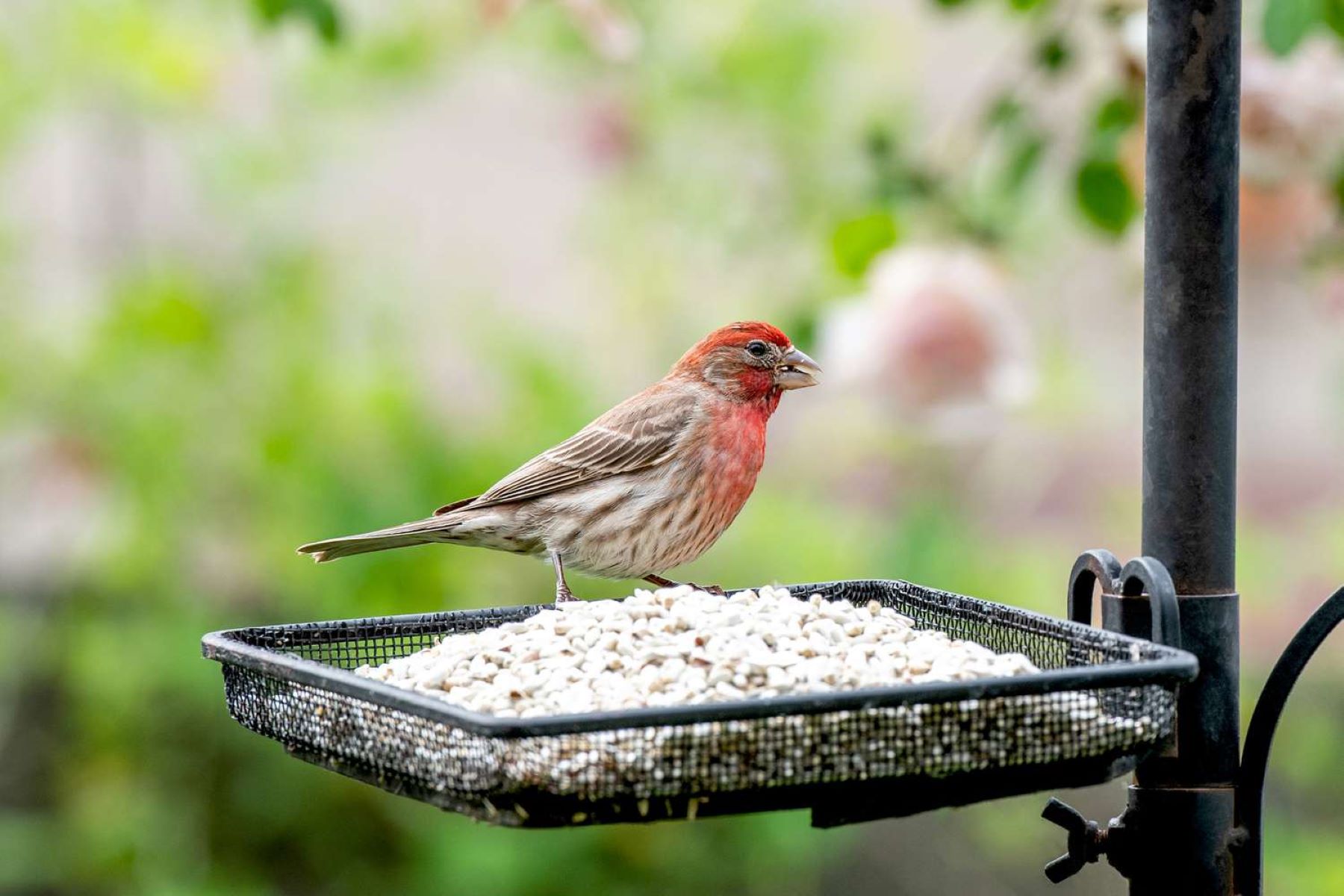
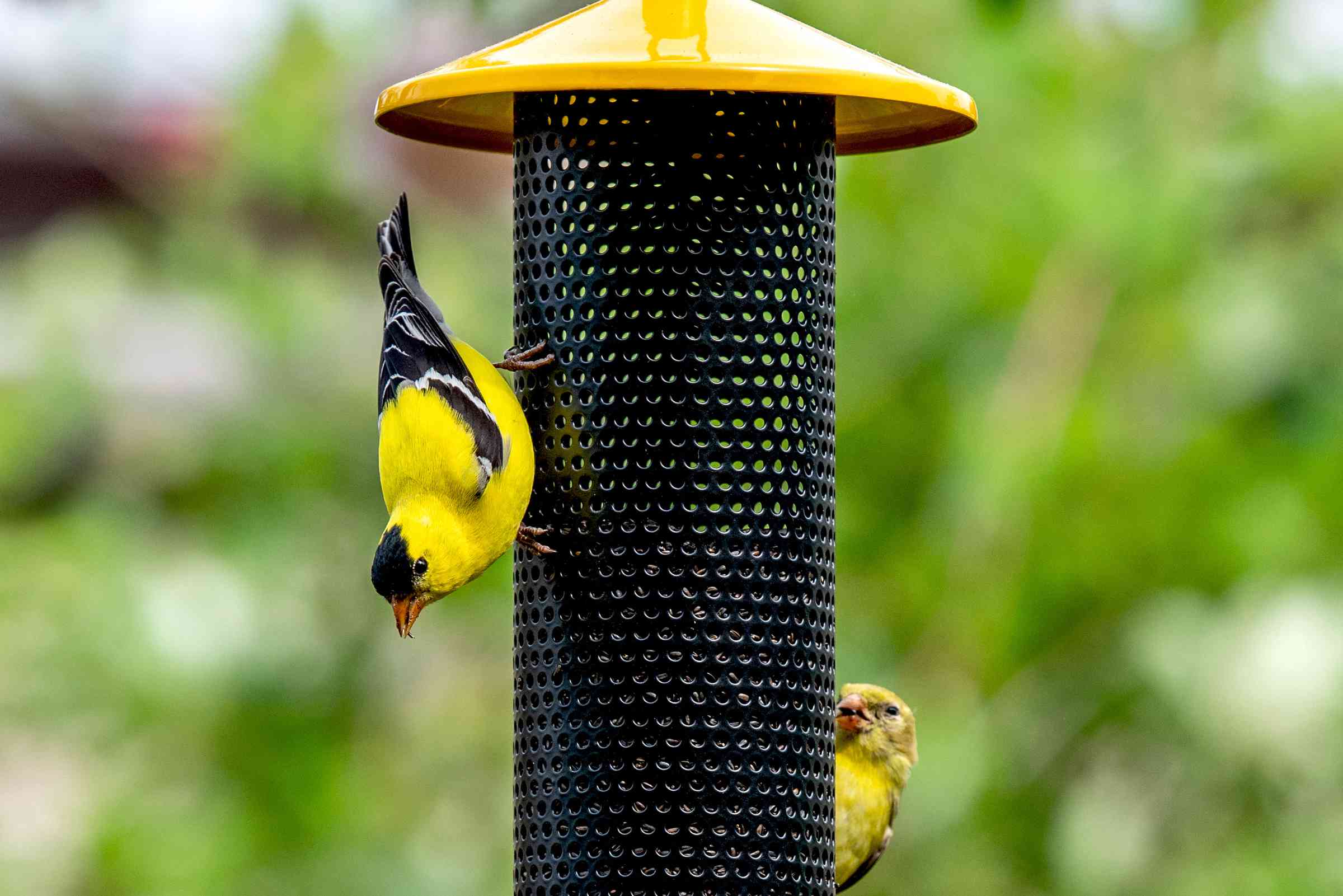
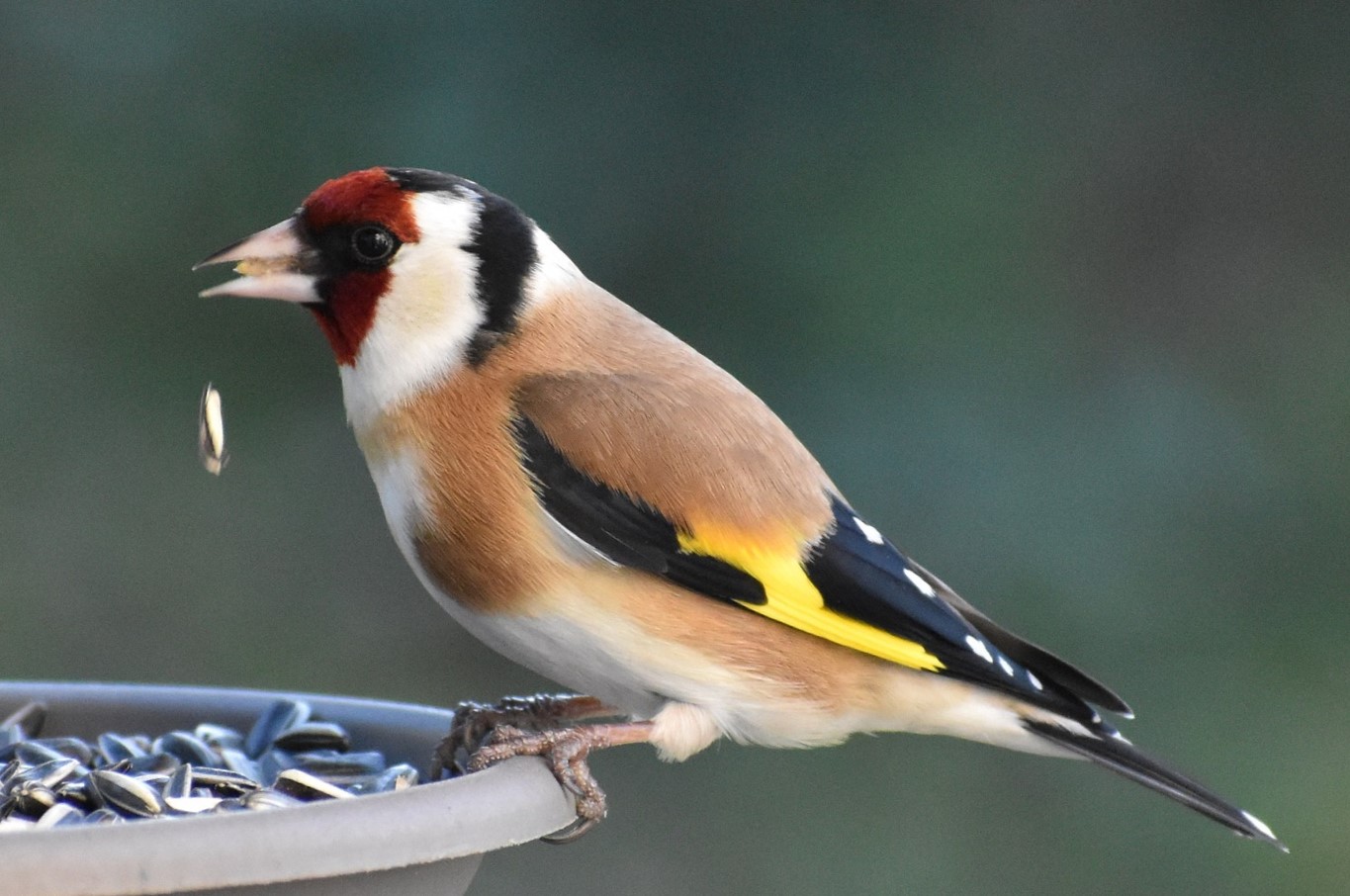
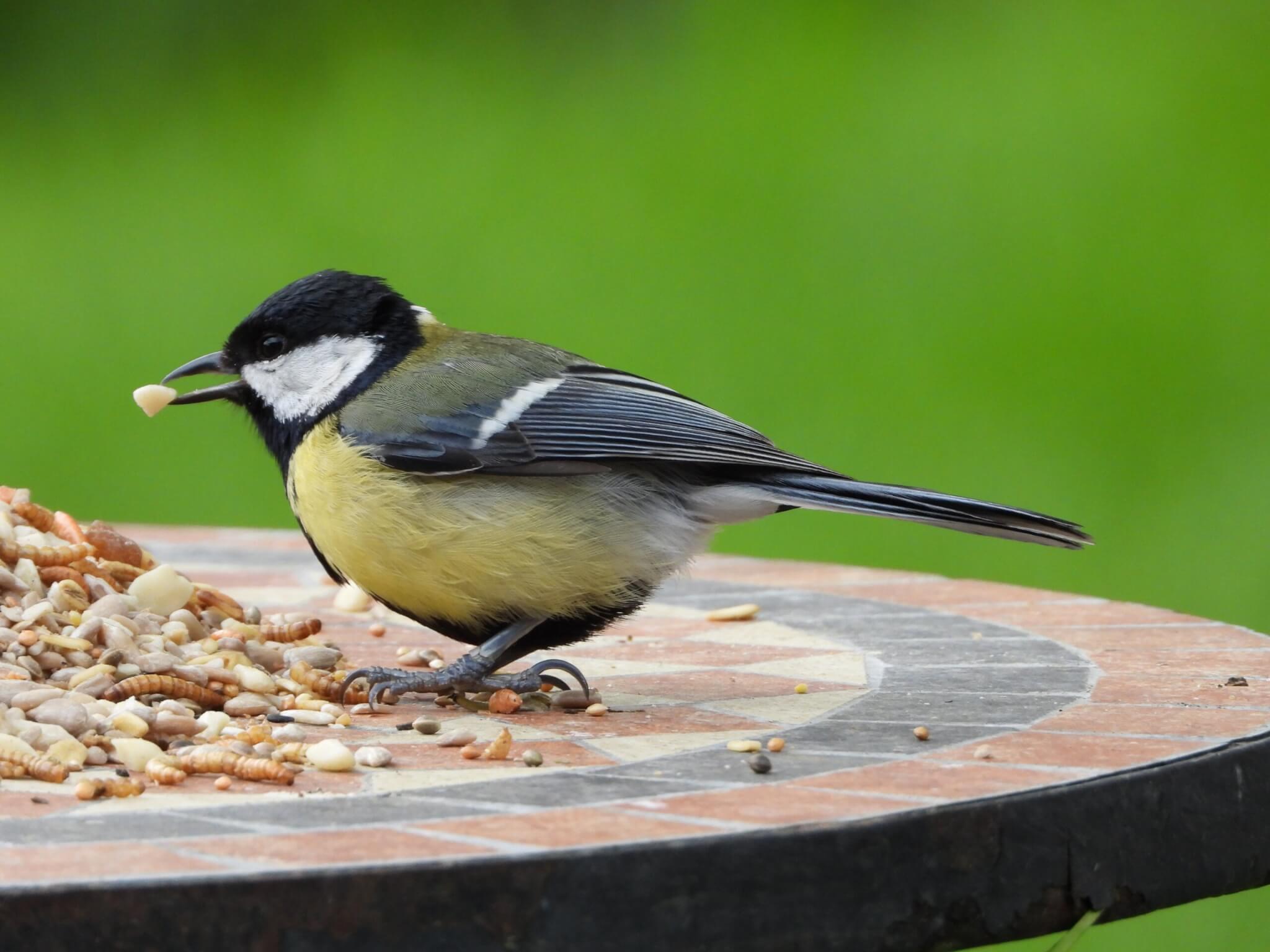
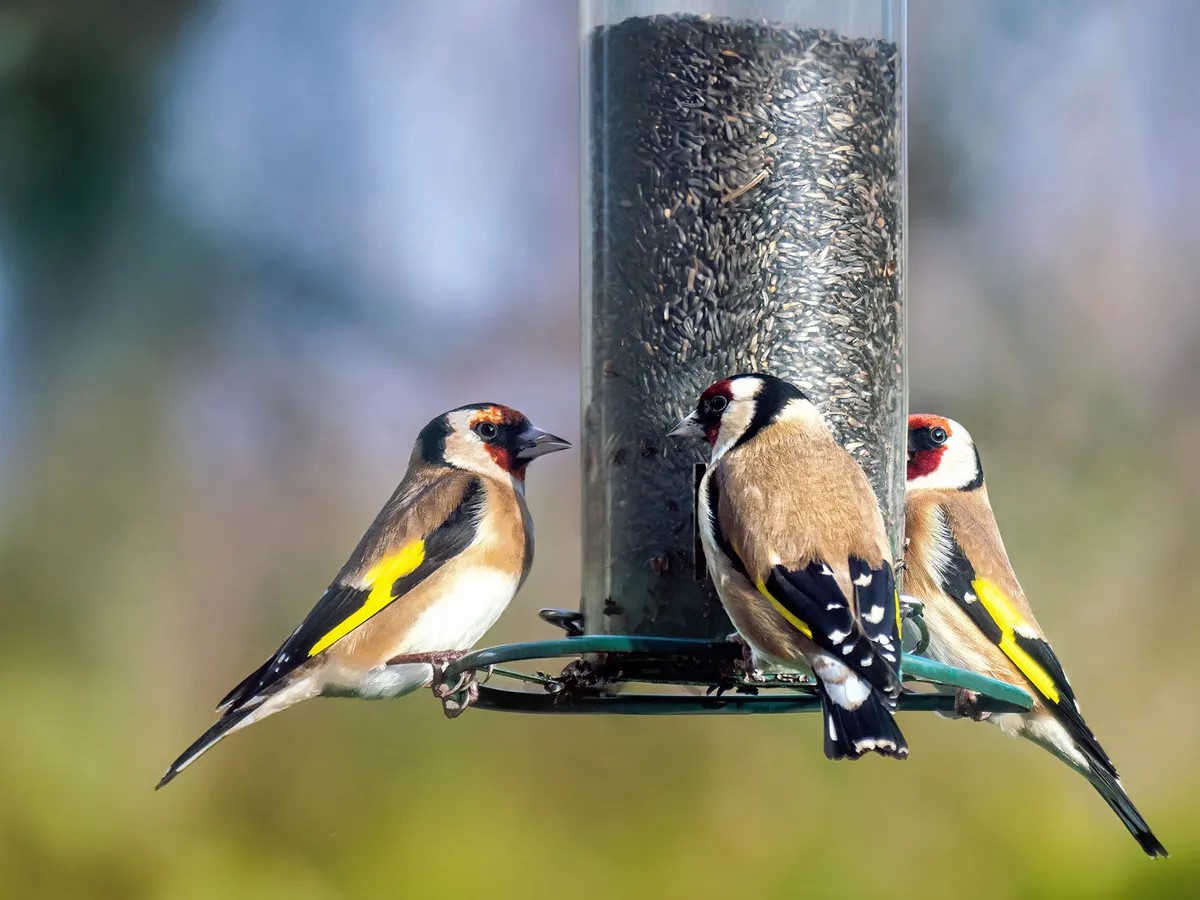
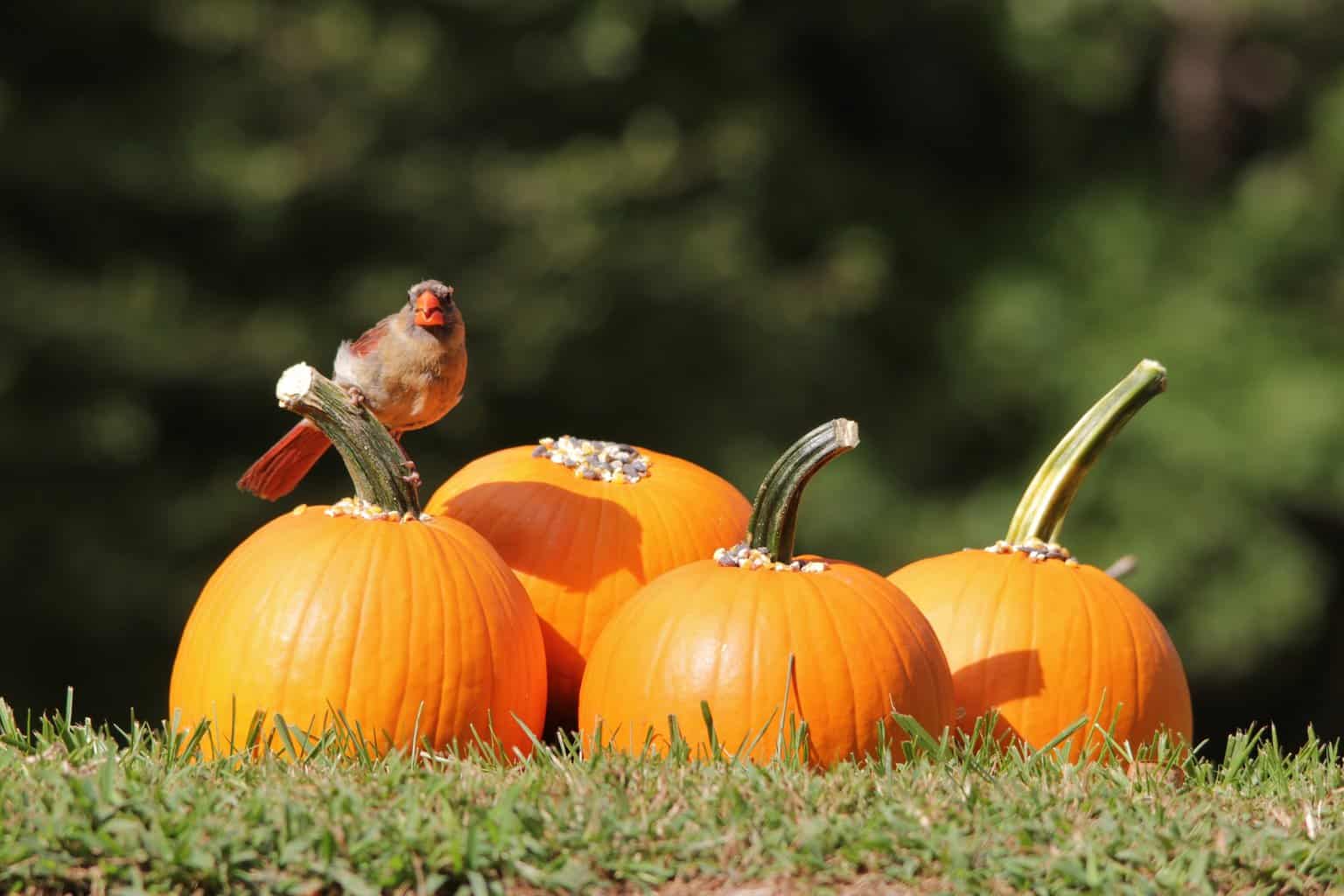
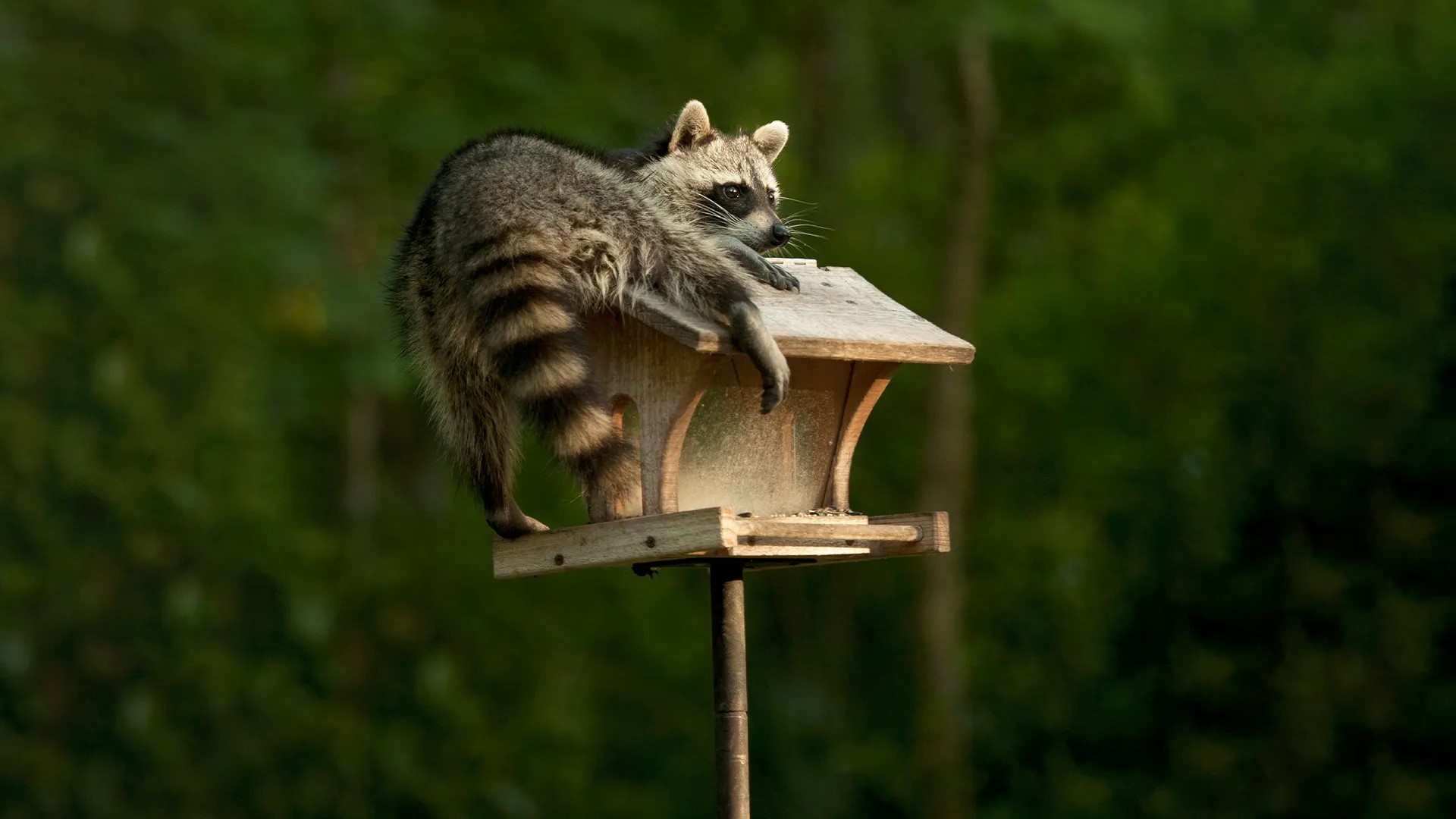
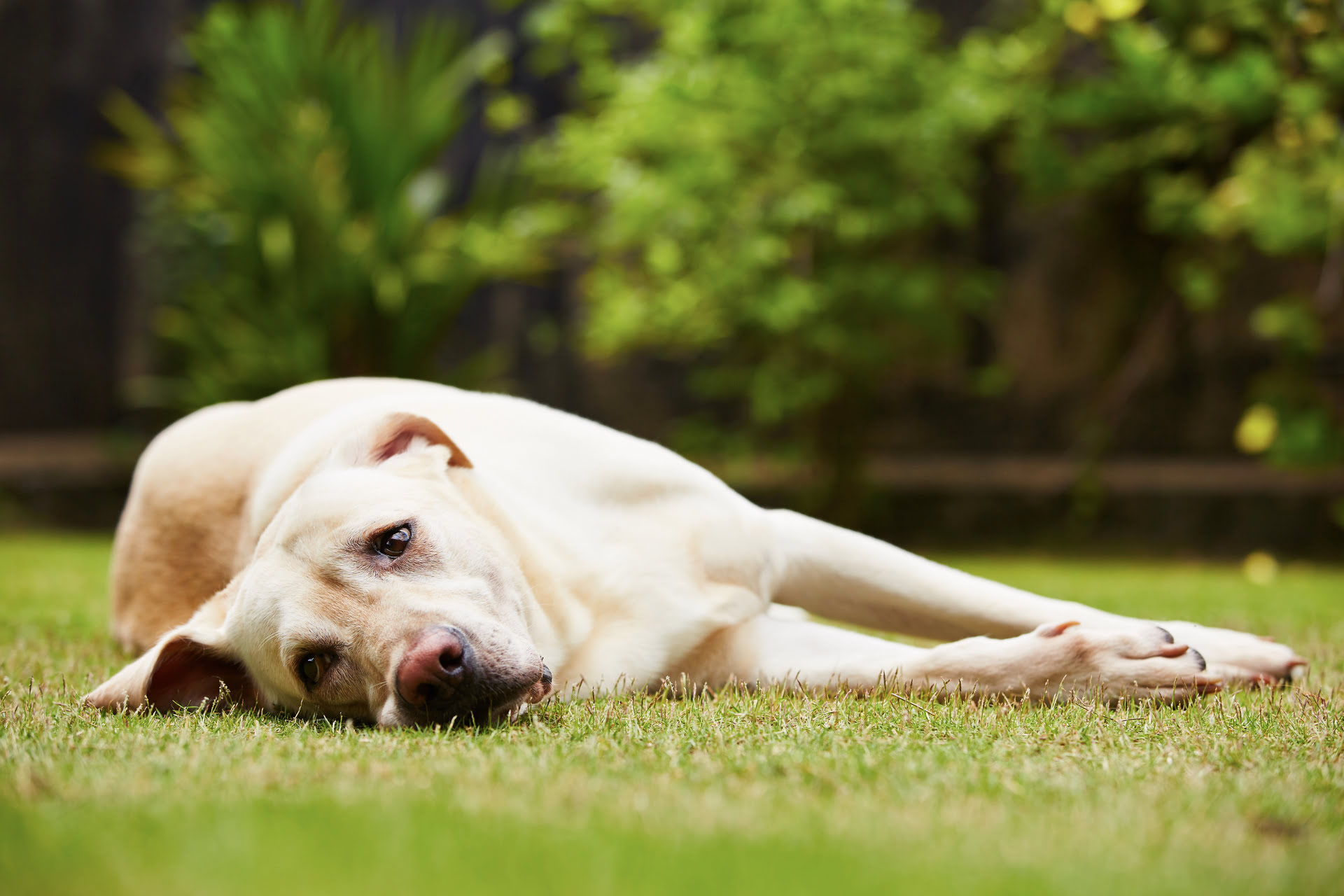
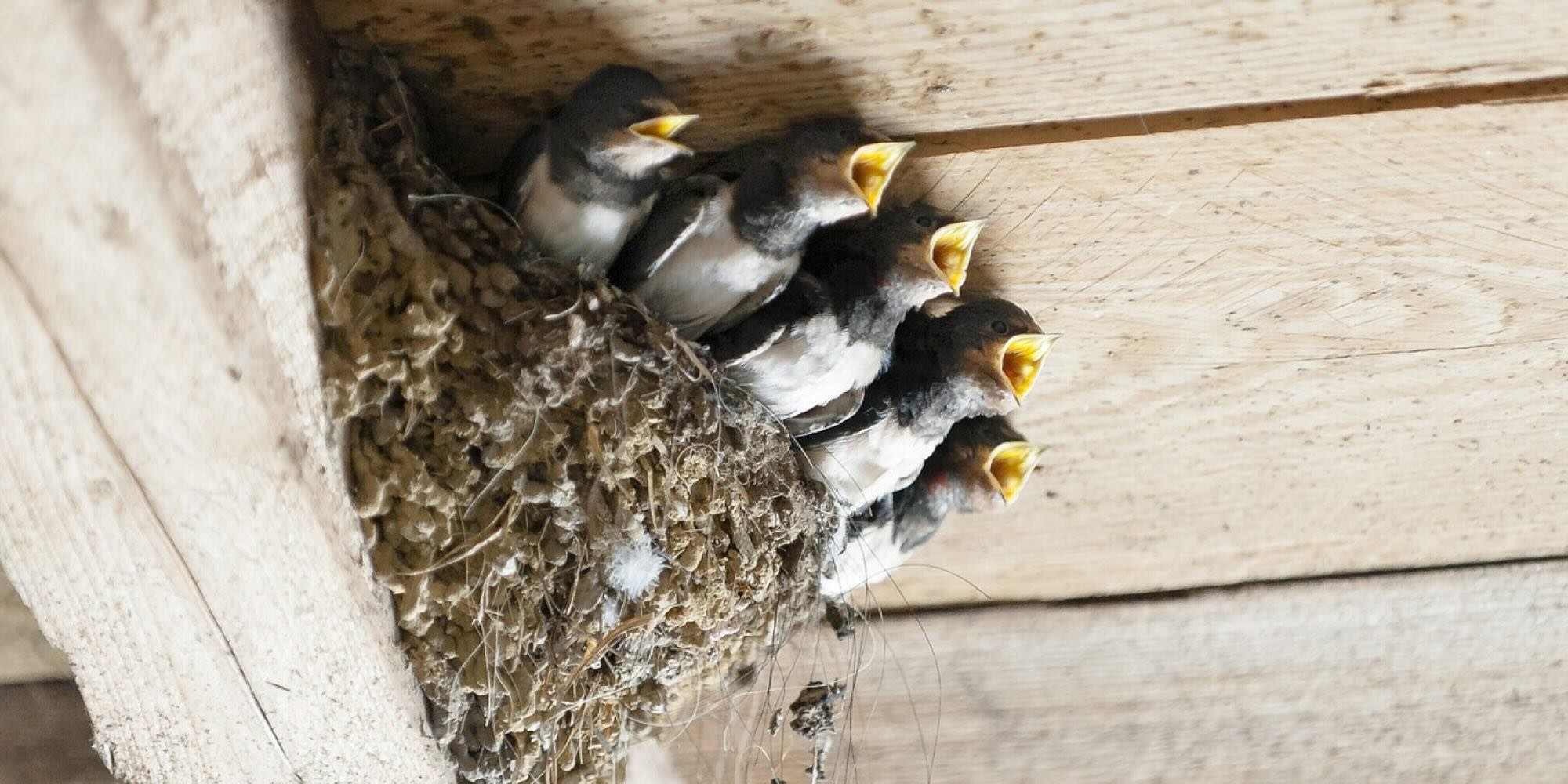

0 thoughts on “How To Prevent Birds From Eating Grass Seed”